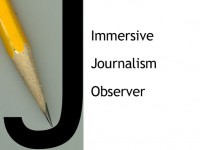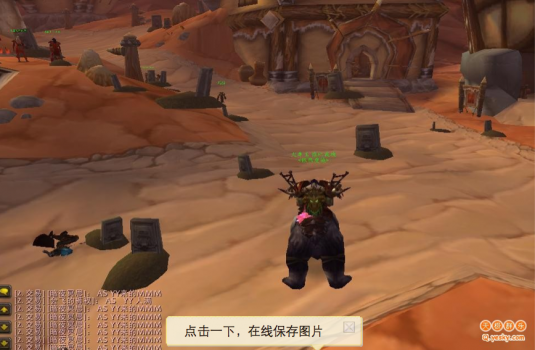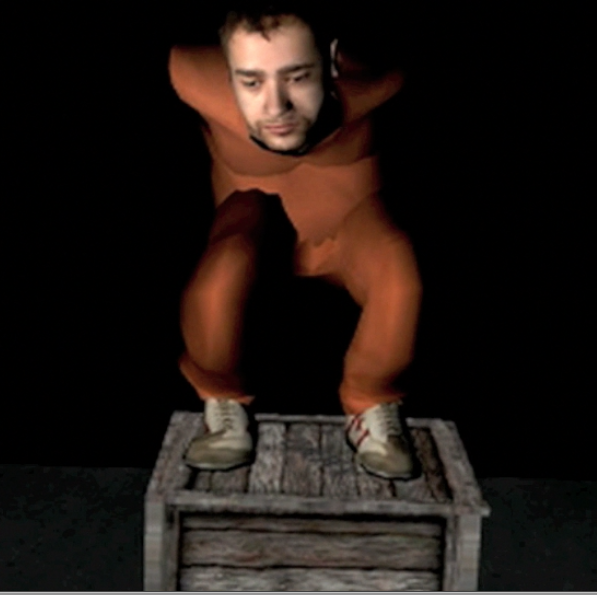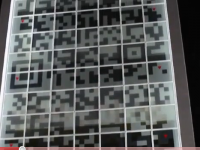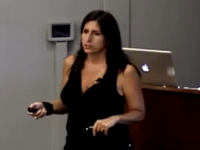Palettes – virtual and prehistoric
Having just visited the Grottes d’Arcy-sur-Cure in France, I was struck by how these prehistoric painters used the ridges and pockets of the cave walls to enhance and describe their art. Small holes become eyes, and candlelit shadows form horns. Incredible, considering this particular cave contains what is currently the second oldest known example of humans creating art (which, of course, says some interesting things about the French in general.) I often find myself explaining that virtual reality is simply another palette and using the medium to tell non-fiction simply takes the world as I find it – full of 3D and virtual technologies that are excellent for creating first person experience of the news.
Online Journalism Review Piece on Immersive Journalism
I have a piece in the Online Journalism Review that discusses immersive journalism. Find it here: http://www.ojr.org/ojr/people/nonnydlp/201005/1854/
No skeletons for Chinese version of WOW, no blood for Germans
Had a very interesting conversation about cultural chasms with UCI Informatics PhD candidate Yong Ming today. He explained that the Chinese version of World of Warcraft does not allow skeletons because they are presumed to be too gruesome. Instead dead WOW players become tombstones! 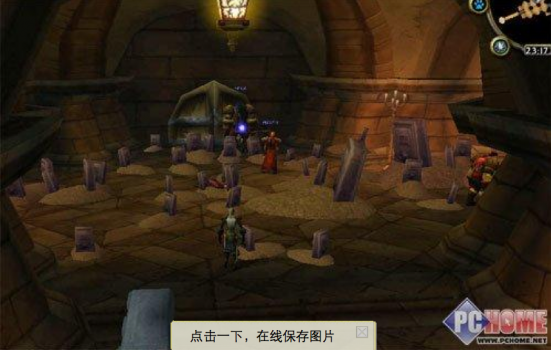
He also pointed out that the Germans restrict blood and gore. I found a 2008 patch for the German version – is this still the case?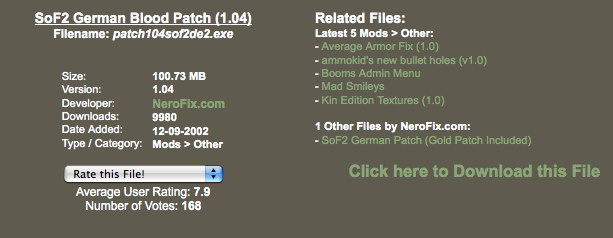
The Fascinating Virtualpolitik
We highly recommend Liz Losh’s excellent Virtualpolitik: An Electronic History of Government Media-making in a Time of War, Scandal, Disaster, Miscommunication, and Mistakes (MIT Press 2009). From the MIT Press description: Today government agencies not only have official Web sites but also sponsor moderated chats, blogs, digital video clips, online tutorials, videogames, and virtual tours of national landmarks. Sophisticated online marketing campaigns target citizens with messages from the government—even as officials make news with digital gaffes involving embarrassing e-mails, instant messages, and videos. In Virtualpolitik, Elizabeth Losh closely examines the government’s digital rhetoric in such cases and its dual role as media-maker and regulator. Looking beyond the usual focus on interfaces, operations, and procedures, Losh analyzes the ideologies revealed in government’s digital discourse, its anxieties about new online practices, and what happens when officially sanctioned material is parodied, remixed, or recontextualized by users.
You can also check out Liz’s ever fascinating blog of the same name which she describes as: A BLOG ABOUT DIGITAL RHETORIC THAT ASKS THE BURNING QUESTIONS ABOUT ELECTRONIC BUREAUCRACY AND INSTITUTIONAL SUBVERSION ON THE INTERNET.
Augumented Reality of interest…
An augmented reality building with a live Twitter Feed in Japan.
Detroit Red Wings Make Game Programs Interactive With QR Codes
http://mashable.com/2010/02/10/red-wings-qr-codes/
Esquire’s Augmented Reality Issue: A Tour
A graffiti was photographed before it got removed by the building owner, then a QR-Code was pasted over the same spot, the QR-Code contains a link to an url which leads to the photo of the disappeared graffiti. in that way a mobile phone with a QR-Code Reader can be used to travel back in time.
Ad-Dispatch and Augmented Reality at CMDC

Frontline World on Gone Gitmo
Frontline World interviews Bernhard Drax about his machinima on Gone Gitmo: Virtual Gitmo: Human Rights in Second Life
The Future of Journalism
Peggy Weil attended the Future of Journalism: Unpacking the Rhetoric conference at The Stanford Law School Center for Internet and Society held on April 30th. The site includes video as well as summaries of all of the panels.
Nonny de la Peña speaks at USC Annenberg School of Communications and Journalism
Nonny de la Peña gives an overview of the ideas behind immersive journalism.
Towards Immersive Journalism
This project investigates whether immersive journalism can be used to tell the story of detainees being kept for hours in a stress position. We’ve heard or read the term “stress position” many times, but what does that really mean? Using head mounted display technology, we created a virtual body of a detainee in a stress position and asked participants to experience what it might be like to be “in that body” while hearing an interrogation coming through a wall from another room. Although all of our participants were sitting upright, after the experience each reported feeling as if they were hunched in the same position as the virtual detainee.
This project was a collaboration between Nonny de la Peña, Peggy Weil, Mel Slater and Slater’s team at the Event Lab in Barcelona, including Joan Llobera, Elias Giannopoulos, Ausiàs Pomés, Bernhard Spanlang, and Maria V. Sanchez-Vives.
El Pais article on experience: Presos de un Guantánamo virtual
Una instalación permite a las personas meterse en la piel de un prisionero
